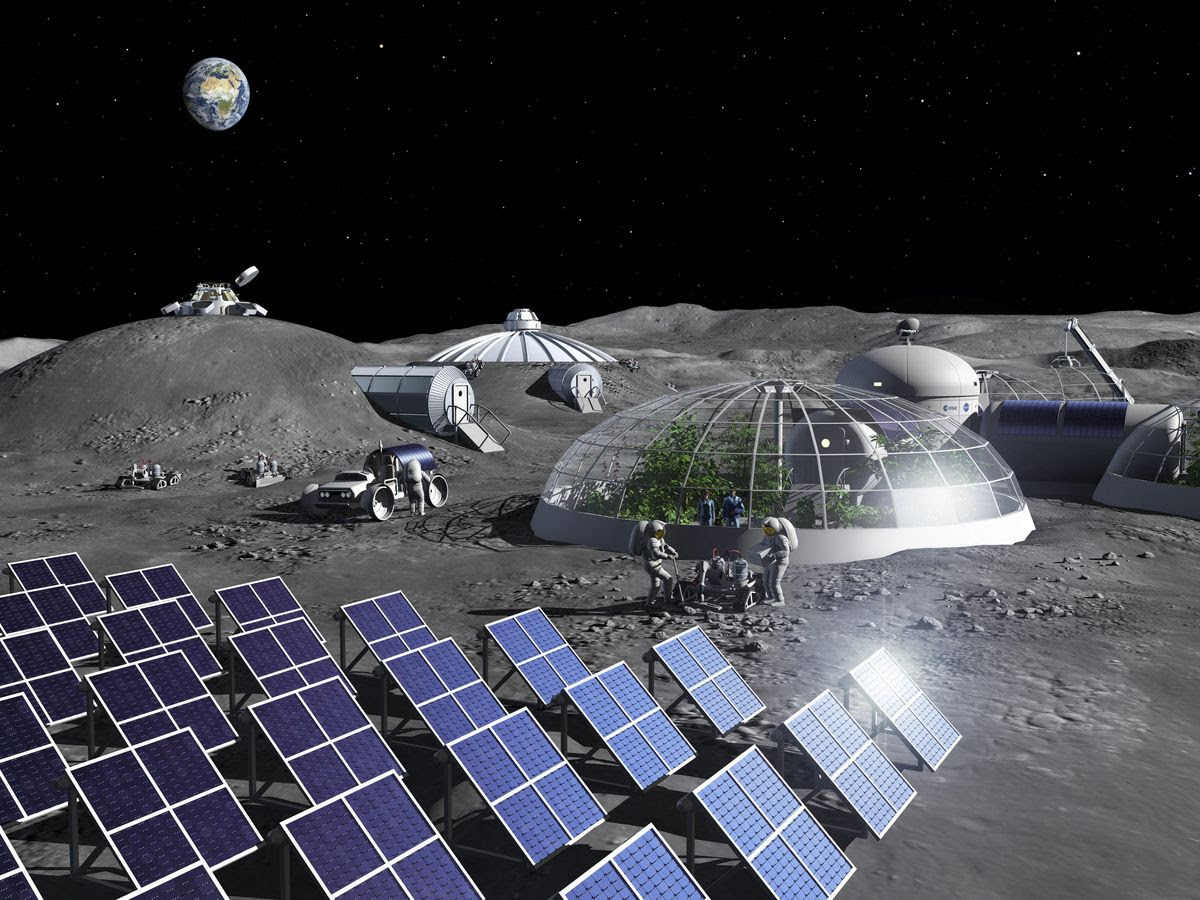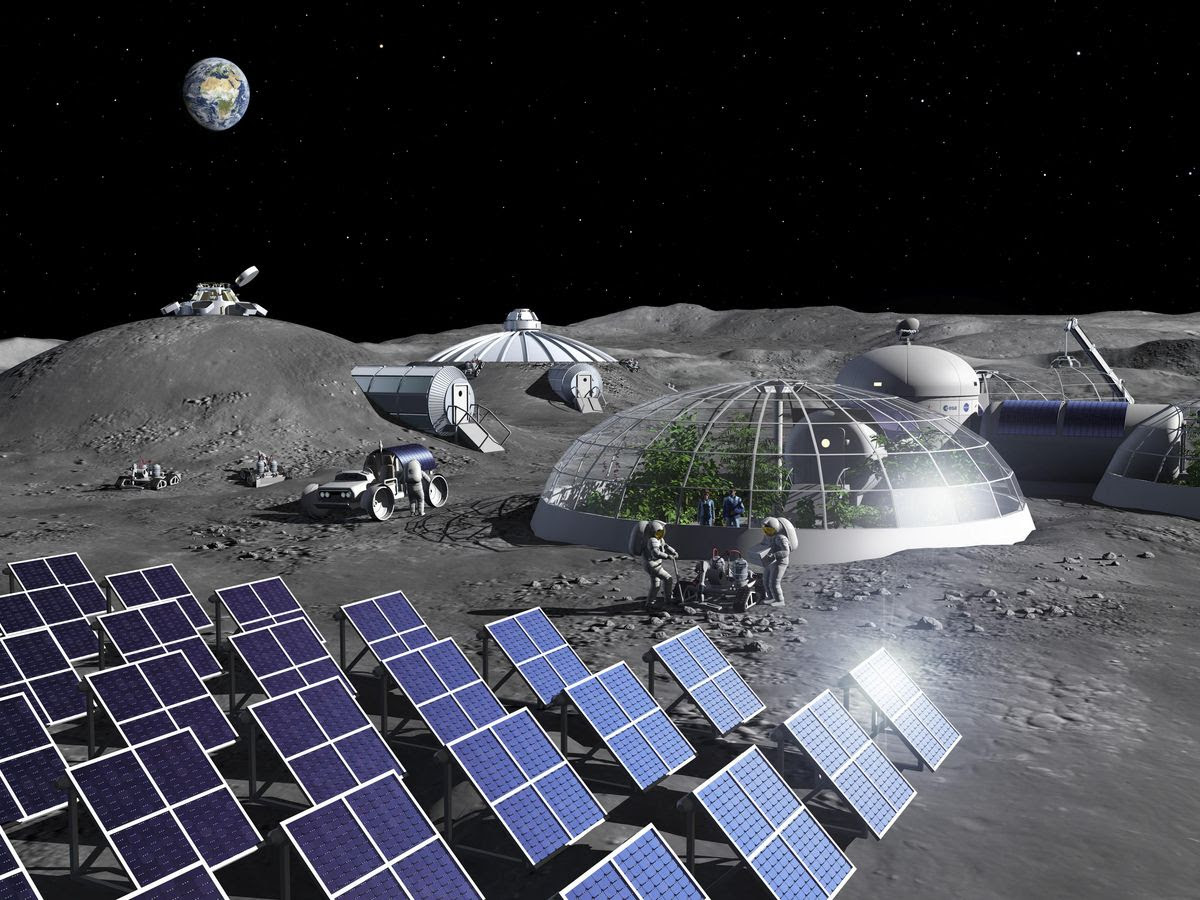
Blue Origin is developing a technology that would allow it to manufacture solar panels from components directly available on the Moon and could become a component of NASA’s Artemis program.
Although Jeff Bezos’ company was not selected to provide the Artemis lunar landing, as NASA preferred to entrust this phase to SpaceX, Blue Origin could nevertheless participate in the program through the development, of photovoltaic cells and transmission cables from a lunar soil simulant.
The Artemis program plans to have a crew back on the Moon by 2025 and NASA is asking that proposals for new technologies be based on local materials and manufacturing on the Moon to avoid costly transportation of raw materials from Earth.
Blue Origin’s project is called Blue Alchemist and plans to use, without any external input, the regolith of the lunar surface, the upper part of the ground that can contain dust, soil and certain types of rocks. To develop its concept, Blue Origin created a regolith simulant with the chemical and mineralogical properties of the original.

Program officials say they have succeeded in developing an efficient, scalable, non-contact process for melting and moving the molten regolith. The process, called molten regolith electrolysis, is said to be resistant to natural variations in the properties of the Moon’s regolith.
The technique involves directly applying an electric current to the regolith at a temperature of 1,600˚C to separate elements such as aluminum, iron, and silicon from oxygen. According to project officials, this electrolysis would have produced silicon, one of the components of a photovoltaic cell, with a purity close to 100%.
The photovoltaic cell produced is also protected by a glass cover made from the by-products of the electrolysis reaction, which will protect the cell for about 10 years on the Moon’s surface. Blue Origin still needs to replicate the process outside its laboratory before attempting to market it to NASA.




